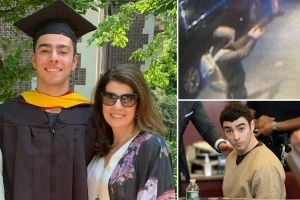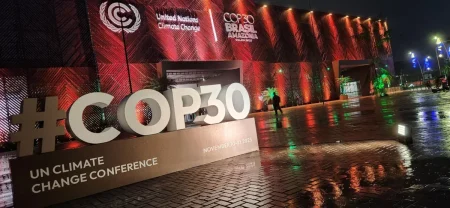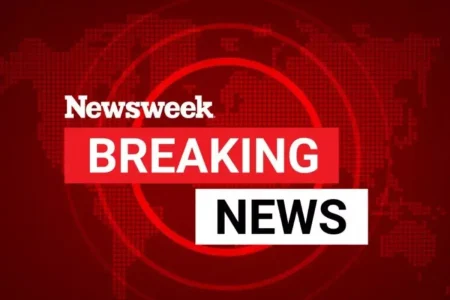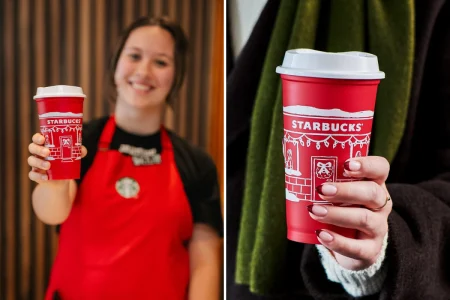Disney vs. YouTube TV: A Standoff Leaving Sports Fans in the Dark
In a dispute that has now stretched into its third week, millions of sports enthusiasts find themselves unable to watch premier college football and NFL games on ABC and ESPN through YouTube TV. The carriage disagreement between Disney and Google’s streaming platform has created significant frustration for subscribers during a critical period in the sports calendar. As Week 11 of the NFL season and Week 12 of college football approach, the situation appears increasingly entrenched, with Disney CFO Hugh Johnston making the concerning statement: “We’re ready to go as long as they want to,” suggesting a potentially extended blackout.
The financial implications of this standoff are substantial, with Disney reportedly losing approximately $4.3 million daily since the dispute began on October 31st. This translates to an estimated $60 million in losses after just two weeks of the blackout. Despite this financial bleeding, Disney’s leadership team seems unwilling to compromise on their position. CEO Bob Iger reinforced this stance during a recent earnings call, asserting that the deal offered to YouTube TV is “equal to or better” than agreements made with other large distributors, indicating that Disney believes it’s YouTube TV that needs to adjust its expectations in the negotiation.
The timing couldn’t be worse for sports fans, who now face the prospect of missing crucial late-season games that often determine playoff contenders. College football is approaching its climactic conference championship phase, while the NFL regular season is heading into its most consequential stretch. For YouTube TV subscribers who specifically chose the platform for its sports coverage, this dispute represents more than an inconvenience—it’s a significant reduction in the service’s value proposition. Many subscribers have expressed their frustration across social media platforms, with some threatening to cancel their subscriptions if the issue isn’t resolved quickly.
What makes this dispute particularly notable is its high-profile nature and the substantial public backlash it has generated. Media personalities and sports commentators have been vocal about their disappointment, amplifying consumer frustration. The dispute highlights the evolving power dynamics in media distribution, where traditional content providers like Disney are navigating new relationships with digital platforms like YouTube TV. As streaming continues to replace cable as the primary content delivery method for many households, these carriage disputes take on added significance in determining the future landscape of media consumption.
Despite the seemingly intractable positions of both companies, there are some signs of potential progress. Austin Karp of Sports Business Journal reported “tempered hope” that a deal might have been reached before Thursday’s earnings call. Though no agreement materialized, this suggests that negotiations continue behind the scenes and that the parties may not be as far apart as public statements indicate. Industry analysts speculate that the upcoming holiday season, which features high-profile sporting events like Thanksgiving NFL games, could create additional pressure to resolve the dispute.
For now, YouTube TV subscribers who depend on ABC and ESPN for their sports content are left exploring alternatives, including switching providers or finding workarounds to access the missing content. Some have turned to streaming services like ESPN+, though this doesn’t provide access to all the programming available through the traditional ESPN channels. Others are considering a return to traditional cable or satellite providers—an ironic reversal for those who originally “cut the cord” to save money and increase flexibility. As this dispute continues, it serves as a reminder that the streaming revolution, despite its many advantages, hasn’t eliminated all the friction points of the traditional television model, particularly when it comes to live sports content.















